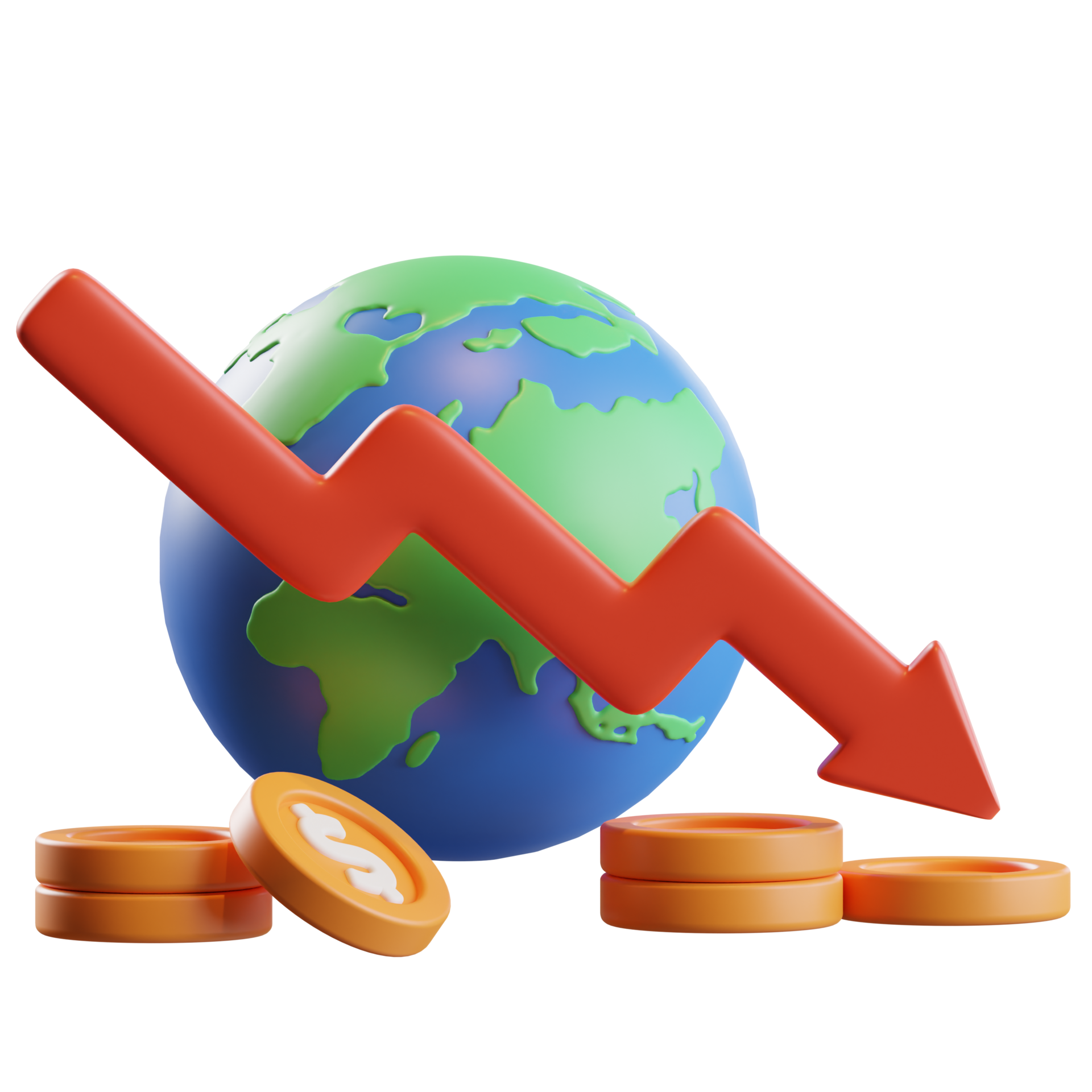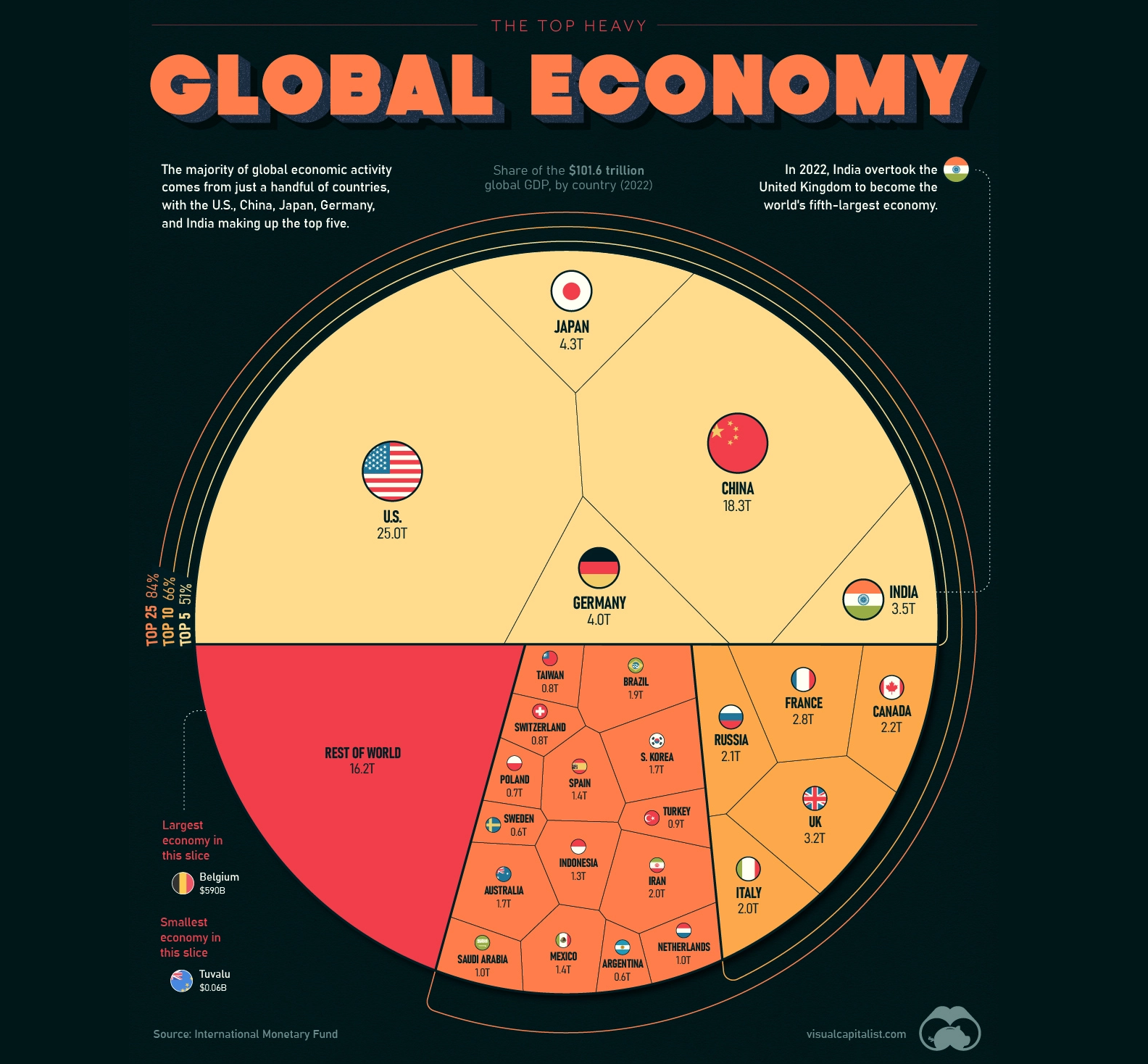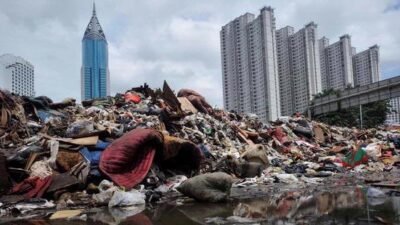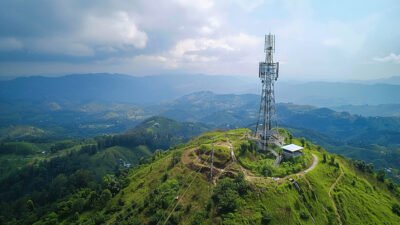The Intricate Web: Navigating the Global Economy
The global economy, a term often invoked but rarely fully understood, represents the interconnected network of economic activities spanning across national borders. From the flow of goods and services to the movement of capital and information, this complex system shapes the prosperity and well-being of nations and individuals alike. Analytixon-com, a leading source of global economic analysis, recognizes the profound impact of these dynamics and dedicates itself to providing insights into the trends, challenges, and opportunities that define our interconnected world.
A Brief History: From Isolation to Interdependence
While international trade has existed for millennia, the modern global economy is a relatively recent phenomenon. Several key factors have fueled its rise:
- Technological Advancements: Innovations in transportation (shipping, aviation) and communication (telegraph, telephone, internet) have dramatically reduced the costs and time associated with international transactions.
- Trade Liberalization: Successive rounds of multilateral trade negotiations (e.g., under the General Agreement on Tariffs and Trade/World Trade Organization) have lowered tariffs and other barriers to trade, promoting the free flow of goods and services.
- Financial Globalization: The deregulation of financial markets and the development of sophisticated financial instruments have facilitated the cross-border movement of capital, enabling investment and lending on a global scale.
- Rise of Multinational Corporations (MNCs): These companies operate in multiple countries, integrating production, distribution, and marketing activities across national borders.
Key Characteristics of the Global Economy
The global economy is characterized by several defining features:
- Increased Trade: International trade has grown significantly faster than global GDP in recent decades, indicating a deepening integration of national economies.
- Foreign Direct Investment (FDI): FDI involves companies investing directly in productive assets (e.g., factories, equipment) in foreign countries. It is a key driver of economic growth and technology transfer.
- Global Value Chains (GVCs): GVCs involve the fragmentation of production processes across multiple countries, with each country specializing in a specific stage of production. This allows companies to take advantage of cost differences and specialized expertise.
- Migration: The movement of people across borders in search of better economic opportunities is an important feature of the global economy. Migrants contribute to both their home and host countries through remittances, labor, and skills.
- Financial Flows: Cross-border financial flows, including portfolio investment, bank lending, and remittances, have increased dramatically in recent decades. These flows can promote economic growth but also create risks of financial instability.
Benefits of Globalization
Proponents of globalization argue that it offers numerous benefits:
- Economic Growth: By promoting trade, investment, and technology transfer, globalization can lead to faster economic growth and higher living standards.
- Increased Competition: Globalization increases competition among firms, forcing them to become more efficient and innovative.
- Lower Prices: Increased competition and access to cheaper inputs can lead to lower prices for consumers.
- Greater Choice: Globalization provides consumers with a wider variety of goods and services to choose from.
- Poverty Reduction: Globalization has been credited with lifting millions of people out of poverty, particularly in developing countries.
Challenges of Globalization
Despite its potential benefits, globalization also poses significant challenges:
- Inequality: Globalization can exacerbate income inequality, both within and between countries. Some workers and firms may benefit from globalization, while others may be left behind.
- Job Displacement: Globalization can lead to job losses in developed countries as companies move production to lower-wage countries.
- Environmental Degradation: Increased economic activity associated with globalization can lead to environmental degradation, such as pollution and deforestation.
- Financial Instability: Cross-border financial flows can create risks of financial instability, as demonstrated by the global financial crisis of 2008-2009.
- Cultural Homogenization: Globalization can lead to the erosion of local cultures and traditions as global brands and products become more dominant.
The Role of International Institutions
Several international institutions play a key role in shaping the global economy:
- World Trade Organization (WTO): The WTO sets the rules for international trade and resolves trade disputes among its member countries.
- International Monetary Fund (IMF): The IMF provides financial assistance to countries facing balance of payments problems and promotes international monetary cooperation.
- World Bank: The World Bank provides loans and grants to developing countries to support economic development and poverty reduction.
- G20: The G20 is a group of the world’s 20 largest economies, which meets regularly to discuss global economic issues and coordinate policy responses.
Current Trends and Future Outlook
The global economy is currently facing several challenges:
- Geopolitical Tensions: Rising geopolitical tensions, such as the war in Ukraine and trade disputes between the United States and China, are disrupting global trade and investment.
- Inflation: High inflation in many countries is forcing central banks to raise interest rates, which could slow economic growth.
- Supply Chain Disruptions: The COVID-19 pandemic and other factors have disrupted global supply chains, leading to shortages and higher prices.
- Climate Change: Climate change is posing a growing threat to the global economy, with extreme weather events causing damage to infrastructure and disrupting economic activity.
Looking ahead, the global economy is likely to become more multipolar, with emerging markets playing an increasingly important role. Technological innovation will continue to drive economic growth, but it will also create new challenges, such as job displacement and cybersecurity risks. Addressing climate change will require significant investments in green technologies and international cooperation.
Navigating the Future
The global economy is a dynamic and complex system that presents both opportunities and challenges. To navigate this complex landscape, businesses and policymakers need to:
- Embrace Innovation: Invest in research and development to develop new products and services that can compete in the global market.
- Promote Education and Training: Equip workers with the skills they need to succeed in the changing global economy.
- Foster International Cooperation: Work with other countries to address global challenges such as climate change, trade imbalances, and financial instability.
- Address Inequality: Implement policies to reduce income inequality and ensure that the benefits of globalization are shared more widely.
- Promote Sustainable Development: Pursue economic growth in a way that is environmentally sustainable and socially responsible.
Conclusion
The global economy is an intricate web of interconnected activities that shapes the lives of people around the world. While globalization has brought many benefits, it has also created significant challenges. By embracing innovation, promoting education, fostering international cooperation, addressing inequality, and promoting sustainable development, we can navigate the future and create a more prosperous and equitable global economy for all.









